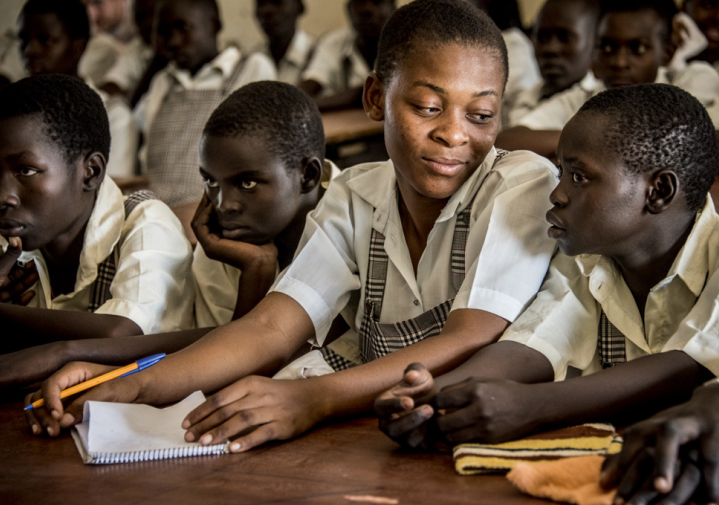Equity and quality
Thanks to the Jomtien call, many low-income and lower-middle-income countries have bet on access to education. Quality has not followed the efforts made in the area of access; which had adverse effects on education systems. The performance levels noted during international assessments such as those of PASEC perfectly illustrate the situation: the basic skills are not acquired by the majority of learners. There is also a very high drop-out rate or exclusions following several repetitions, etc.
The education systems of these countries are also discriminating. Indeed, many inequalities are present according to gender and region. Moreover, if we talk about access, it is necessary that accessibility is, for its part, respected. It is therefore a question here of working on two phases: encouraging parents to put their children in school on the one hand and setting up reception structures on the other.
To explain these findings, certain socio-cultural reasons can be put forward; especially the weight of funding which has impacted the quality of education: increase in the number of pupils per teacher, unmotivating teacher salaries, lack of teaching materials, etc.
At the Dakar meeting in 2000, States reaffirmed their priority: universal and equitable access to basic education. The States then insisted on the weight of the non-formal sector which should not be neglected. They recommended that the two sectors (formal and non-formal) work together.
We must also continue to implement positive discrimination approaches in favor of girls (raising awareness among families to show the importance of education, raising awareness among children from an early age on gender issues), children from rural areas (not inconsiderable community work) or disadvantaged children (initially improving living conditions, setting up specific programs to help families).
In a global and transversal way, CONFEMEN has encouraged various actions in the search for quality and equity in education:
- Curriculum reform, so that learners can reuse their learning later;
- Revision of vocational and technical training courses and programs, so that training is in line with the world of work;
- Reduction of grade repetition, the practice of which is recognized as ineffective in the scientific literature;
- Provision of books, textbooks, means recognized as very effective in view of its low funding and its strong impact on success;
- Schooling in the national language, with an introduction to the official languages from preschool;
(Re)Value of the teaching profession through involvement in the reflection on curricular reforms; - Reflection around the class: increasing the number of children per class is preferable even if there is a slight drop in performance; multigrade classes are effective in
- rural areas (if teachers are trained accordingly); double shift or double shift systems are not recommended
In terms of access, secondary education remains difficult, particularly for girls, students from a lower socio-economic class, students from rural areas and all the excluded (disabled, nomads, refugees). The offer, for its part, is limited because of an inadequate school map, the insufficient number of teachers, incomplete teaching resources, too few infrastructures, etc. Other factors impact the demand for education, for example example, the low level of education of parents as well as the lack of interest given to school, the weight of tradition or the lack of follow-up in the implementation of political decisions.
Lorem ipsum dolor sit amet
consectetur adipiscing elit
Lorem ipsum dolor sit amet
consectetur adipiscing elit


